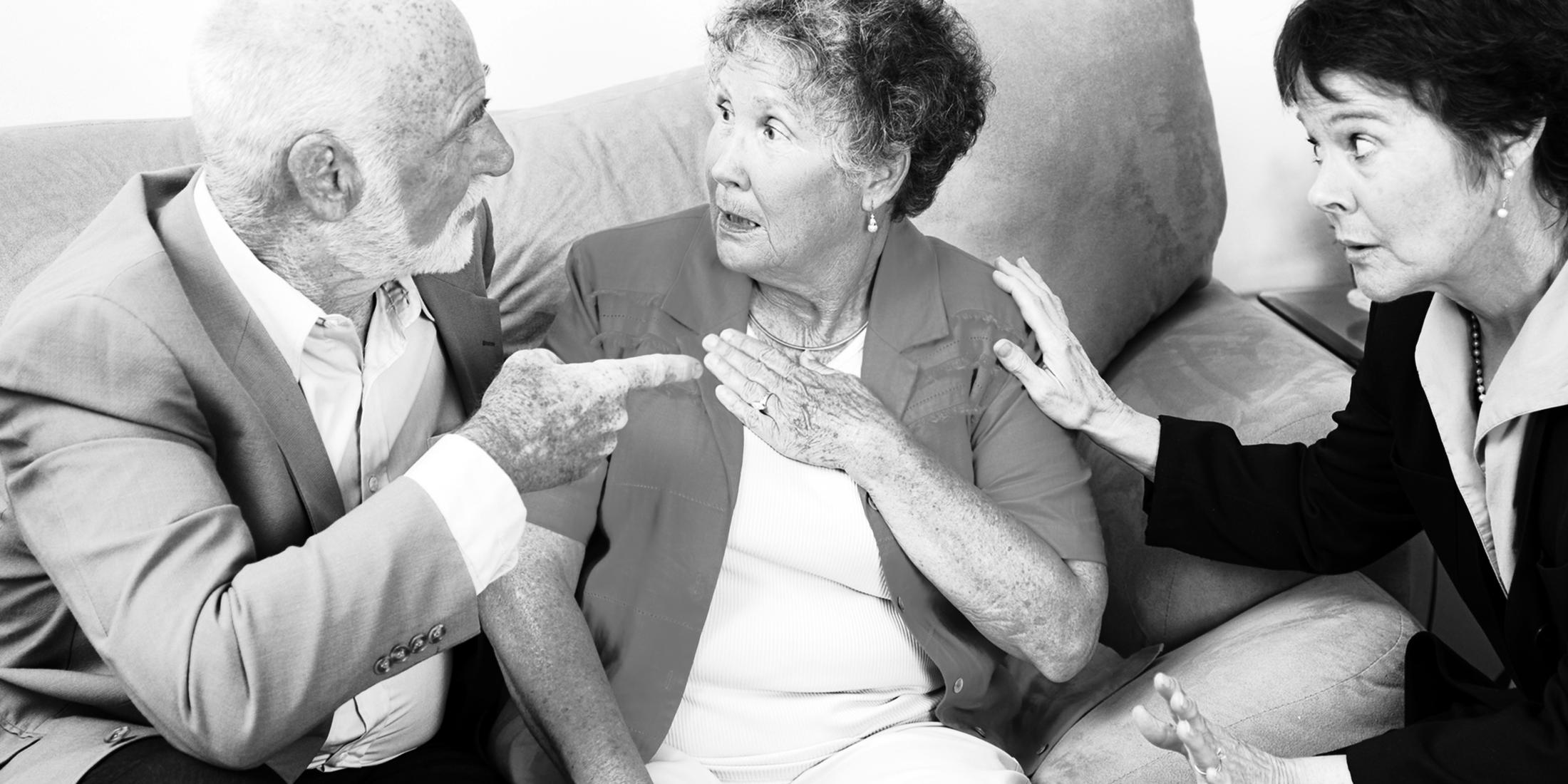Our site is currently undergoing a transition, updates may be delayed. We appreciate your patience.
Definition
Abuse of older people, or elder abuse, is a single or repeated act or lack of appropriate action occurring within any relationship in which there is expectation of trust that causes harm or distress to an older person (aged 60 years and older). It can occur in either community or institutional settings and can take many forms, including physical, sexual, psychological/emotional, financial/material abuse and neglect.
The diamonds show the median value in the range of past year prevalence estimates reported by studies in the database. These do not represent national or regional prevalence estimates. Use the buttons below to select different forms of abuse of older people by country/area or by WHO region. The countries/areas in each WHO region can be found here.
African Region
Region of the Americas
European Region
South-East Asia Region
Western Pacific Region
15%
6%
2%
4%
2%
The triangles show the relative importance of the potential consequences of abuse of older people. They are based on a measure of association (median odds ratios) between abuse of older people and the consequence in question across the relevant studies. Estimates based on a larger number of studies are likely to be more reliable.
Health problems
Mental and neurological disorders
Poor general health
Excessive health service use
Non-communicable disease
Other
3.5x
2.2x
2.1x
1.7x
Social and behavioural problems
Placement in nursing home
Other
3.4x
Impaired cognitive and academic performance
Other
The triangles show the relative importance of different risk factors for abuse of older people. They are based on a measure of association (median odds ratios) between abuse of older people and the risk factor in question across the relevant studies. Estimates based on a larger number of studies are likely to be more reliable. Not all risk factors are found in all social and cultural contexts.
Individual (victim)
Substance abuse
Previous perpetration of violence
Physical impairment
Cognitive impairment
Other
9.1x
6.1x
3.5x
3.0x
Individual (perpetrator)
Mental and neurological disorder
Caregiving burden
Substance abuse
Male
Other
3.3x
2.9x
2.4x
1.7x
Relationship
Poor family relationships
Married or cohabiting
Low social support
Large size family
Other
6.9x
5.6x
1.8x
1.6x
Community
Urban residence
1.4x
Prevention strategies aim to stop violence from occurring in the first place. A list of these strategies appears below. Only strategies with data in the database are included. Other promising strategies may exist which will be added when outcome evaluation studies are published. Each strategy includes several different interventions across a range of effectiveness, with higher values indicating greater effectiveness. Click on each strategy name to see the intervention effectiveness studies.
Response strategies aim to reduce the immediate and long-term consequences for victims of violence and/or offer treatment for perpetrators of violence. A list of these strategies appears below. Only strategies with data in the database are included. Other promising strategies may exist which will be added when outcome evaluation studies are published. Each strategy includes several different interventions across a range of effectiveness, with higher values indicating greater effectiveness. Click on each strategy name to see the intervention effectiveness studies.
Examples of strategies and interventions
This section contains examples of strategies and specific interventions with some evidence for effectiveness. They have been chosen for illustrative purposes, and their inclusion in Violence Info does not mean that WHO endorses them.

Education and anger management
An intervention for individuals who physically abuse or neglect their elderly dependents.
See details

Jewish Association Serving the Aging (JASA) Legal/Social work Elder Abuse Prevention Program (LEAP)
An intervention in which attorney and social worker teams work with abused individuals and their families.
See details
Main survey instruments
This section describes some of the survey instruments most widely used to measure the prevalence of abuse of older people.
National Survey on the Mistreatment of Older Canadians 2015 Questionnaire
To measure one-year prevalence of the five main forms of abuse in older Canadians.
See detail
Conflict Tactics Scale (CTS) for abuse of older people
To measure physical, emotional, and sexual abuse of older people.
See detail
Questionnaire used in 2007 United Kingdom prevalence study
To provide nationally representative prevalence estimates of abuse and neglect of older people in the community.
See detail